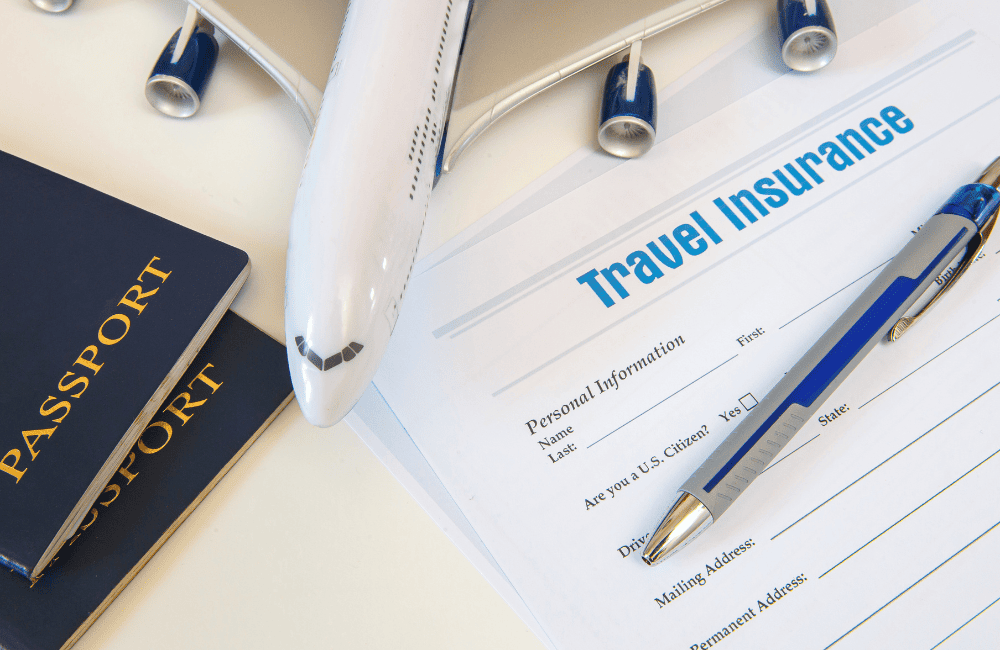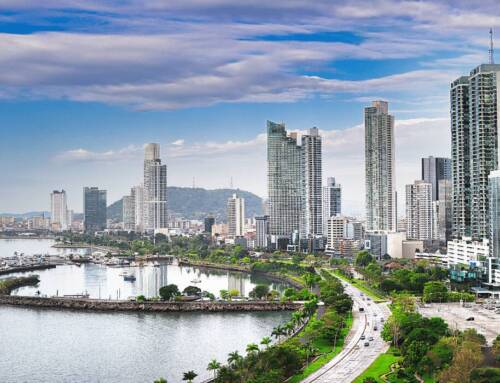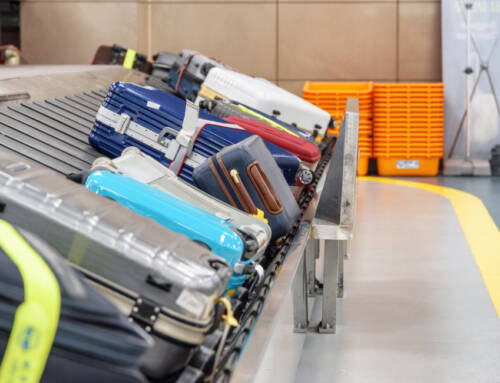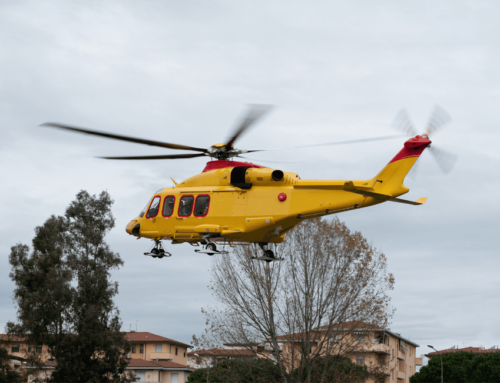Traveling is one of life’s greatest joys, offering opportunities to explore new cultures, meet people, and create unforgettable memories. However, while the excitement of planning a trip often takes center stage, it’s essential to prepare for unexpected situations that can arise while traveling. This is where travel insurance becomes an indispensable tool for travelers.
Travel insurance protects you from financial losses and provides support in situations like medical emergencies, trip cancellations, or lost luggage. With so many options available, choosing the right travel insurance plan can feel overwhelming. In this guide, we’ll walk you through everything you need to know to pick the best travel insurance for your next adventure.
Index
- What travel insurance is best?
- What does travel insurance cover?
- What is a good rate for travel insurance?
- Types of travel insurance
- What excess should you choose for travel insurance?
- What should the coverage limit be for travel insurance?
- What is a good insurance coverage amount?
- Why you should choose Heymondo as your Travel Insurance
What travel insurance is best?
Finding the right travel insurance depends on your trip’s details, like your destination, planned activities, and trip duration. Here’s how to narrow down the best option for your needs:
Consider your destination
- High healthcare costs: If you’re traveling to countries like the United States or Japan, choose a policy with substantial medical coverage. For instance, a simple hospital visit in the U.S. can cost thousands of dollars.
- Remote locations: Traveling to remote destinations, such as trekking in Nepal, may require coverage for emergency evacuation to the nearest medical facility. In some cases, certain destinations also require travelers to have insurance to enter the country or obtain a visa.
Think about your activities
- Adventure sports: If you plan to ski, scuba dive, or hike, look for policies that cover this kind of adventure activities.
- Cruises: Cruise-specific policies can include coverage for missed ports or onboard medical care.
Protect your belongings
- Valuable items: Traveling with expensive gear like cameras or laptops? Ensure your plan covers theft, loss, or damage to your belongings.
Look for flexibility and comprehensive coverage
- Customizable options: Some policies allow you to add extra coverage for adventure sports, tech, or higher baggage limits.
- Comprehensive plans: These often combine multiple types of coverage—medical expenses, trip interruptions, and baggage protection—making them a reliable choice for most travelers.
Compare policies from reputable providers
Always review what’s included and excluded. For example, check coverage limits and deductibles to ensure the plan aligns with your budget and needs.

What does travel insurance cover?
Travel insurance is your ultimate safety net, ensuring you’re protected when life throws the unexpected your way. From sudden medical emergencies to lost luggage, it covers what you need most. Let’s break down the essentials:
Emergency medical expenses
- Covers doctor visits, hospital stays, treatments, and medications if you fall ill or get injured while traveling.
- Why it matters: Medical care in some countries, like the Japan, can cost thousands of dollars even for minor treatments.
Trip cancellation or interruption
- Reimburses prepaid, non-refundable expenses like flights, hotels, and tours if you need to cancel or cut your trip short.
- Common reasons for claims: Illness, natural disasters, family emergencies, or even issues like jury duty.
Lost, stolen, or delayed luggage
- Provides compensation for essentials like clothing and toiletries if your bags are delayed or lost.
- Example: If your luggage goes missing en route to your destination, you can buy necessary items and be reimbursed by your policy.
Travel delays
- Covers additional expenses like meals, hotel stays, or transportation when your trip is delayed by factors outside your control.
- Scenario: A severe storm causes your flight to be delayed overnight, and your insurance covers the cost of your hotel and meals.
Emergency evacuation or repatriation
- Ensures transportation to the nearest suitable medical facility or, in extreme cases, brings you home for further treatment.
- Why it’s crucial: This can cost tens of thousands of dollars without insurance, especially if you’re in a remote location.
Always read the fine print
Not all travel insurance policies are the same. Some may exclude pre-existing conditions, certain high-risk activities, or specific destinations. Always review your policy details to know exactly what’s covered and what isn’t.
Read our blog post; “What does travel insurance cover” for more information.

What is a good rate for travel insurance?
Travel insurance is a small price to pay for the peace of mind it provides. On average, a good rate for travel insurance falls between 4% and 10% of your total trip cost. The final cost depends on a few key factors:
- Destination: Trips to countries with higher healthcare costs usually result in higher premiums.
- Trip duration: Longer trips tend to cost more as the risk exposure increases.
- Coverage limits: Higher coverage limits often mean higher premiums.
- Traveler’s age: Older travelers often pay more due to higher medical risks.
Choose value over price
While it’s tempting to choose the cheapest policy, it’s essential to prioritize comprehensive travel insurance coverage. A lower-cost plan might exclude important protections, leaving you vulnerable during an emergency.
Pro tip: Look for plans that balance affordability with robust benefits, ensuring you’re covered without overspending.
Read our “Top travel insurance tips to know before you travel” for key information on travel insurance.
Types of travel insurance
When choosing travel insurance, it’s helpful to know the main types of coverage available. Each type serves a specific purpose, and understanding them can help you decide what’s best for your trip:
- Trip cancellation insurance: Protects your prepaid travel costs in case of trip disruptions.
- Medical coverage: Provides essential medical care while traveling abroad.
- Emergency evacuation: Ensures you’re transported to a medical facility or back home in case of emergencies.
- Baggage protection: Offers coverage for lost, stolen, or damaged luggage.
- Adventure travel: Ideal for those planning high-risk activities like skiing or hiking.
- Rental car insurance: Covers rental vehicle damages or theft.
Many policies combine these types of coverage into comprehensive plans, so you can tailor your protection to fit your trip’s unique needs.

What excess should you choose for travel insurance?
The excess, or deductible, is the amount you agree to pay out-of-pocket before your insurance coverage kicks in. A higher excess reduces your premium but increases your financial responsibility in a claim.
For example, if you select an excess of $250 and file a claim for $500, the insurance will cover only $250. Choose an excess amount that balances affordability with manageable out-of-pocket costs.
What should the coverage limit be for travel insurance?
The right coverage limit for travel insurance depends on where you’re going and the potential risks involved. Here are some general recommendations based on common scenarios:
International trips
- Recommended minimum: $200,000 in medical coverage.
- Why it’s essential: Countries like the United States or Japan have some of the highest healthcare costs in the world. A simple visit to an emergency room could cost thousands of dollars, while a major hospitalization might easily exceed $50,000.
Adventure travel
- Recommended minimum: $250,000+ for medical and evacuation coverage.
- Why it’s essential: Activities like skiing, scuba diving, or hiking in remote locations often come with higher risks. Emergency evacuations alone can cost tens of thousands of dollars if you need to be airlifted to the nearest hospital.
Cruises
- Recommended minimum: $500,000 for emergency evacuation.
- Why it’s essential: If you’re on a cruise or visiting a remote island, you may need to be airlifted to the nearest medical facility in case of a serious emergency. Evacuation from these locations can be extremely costly.

Why sufficient coverage matters
Worst-case scenarios can happen when you least expect them. Without adequate coverage, you could face significant out-of-pocket expenses that derail your financial stability.
Quick tip: When comparing policies, always ensure that medical and evacuation coverage are high enough to handle major emergencies. While policies with lower limits may seem affordable, they may leave you vulnerable in high-risk situations.
What is a good insurance coverage amount?
A good insurance coverage amount varies depending on the trip, but typically includes:
- Medical coverage: At least $200,000 for regular trips; $250,000+ for high-cost destinations.
- Emergency evacuation: Minimum of $250,000 for transportation and medical evacuation.
- Baggage coverage: Between $1,000 and $3,000, depending on the value of your belongings.
Ensure the policy aligns with your travel style and potential risks.

Why you should choose Heymondo as your Travel Insurance
Traveling is full of excitement, but unexpected challenges like medical emergencies, lost luggage, or trip cancellations can quickly turn plans upside down. With Heymondo, you get comprehensive travel insurance that offers up to $10,000,000 USD in medical coverage and 24/7 access to emergency assistance through the Heymondo app. Whether you need medical help abroad or support with a delayed trip, Heymondo ensures you’re never alone, no matter where you are.
By choosing Heymondo, you can travel confidently, knowing you’re covered for the unexpected—so you can focus on making memories, not worrying about what might go wrong.
Featured stories













